A final effort that ended the fight for pole position was an utterly dramatic end to Hyperpole qualifying at the 24 Hours of Le Mans.
Never mind the fact that this lap was achieved by a manufacturer team considered by many to be this year’s favorite; Given how close things looked between the main contenders, this opened up some tantalizing prospects for the race itself.
But who else is in a good position to have a good 24 hours and who might have a tougher time?
Here’s our pick of the talking points so far in the Hypercar category at Le Mans.
Porsche saves its favorite label
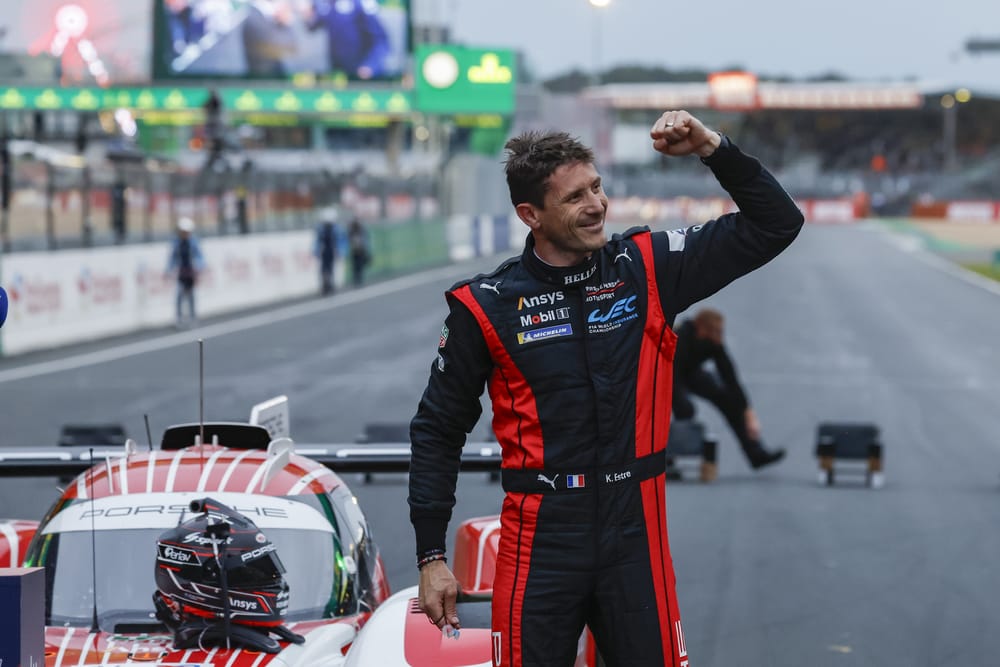
It has been an emphatic 2024 World Endurance Championship campaign so far for the Multimatic-built Porsche 963 LMDh. The No. 6 factory Penske Porsche won the season opener in Qatar and has finished second in both races since, while the No. 5 sister car and Jota’s No. 12 customer car (which won at Spa) took four of the other six places on the Hypercar podium. available.
It’s no wonder Porsche went to Le Mans as the favorite.
And, at first glance, one might say it’s no surprise that the championship-leading No. 6 car went on to take pole.
But something really had to be pulled out of the bag during the Hyperpole session, especially since Porsche’s hopes then rested solely on Kevin Estre.
Estre made great use of towing an LMP2 car at the Mulsanne corner (although his overtaking compromised his trajectory towards Indianapolis) and the 35-year-old, a member of the 2018-19 WEC GTE Pro title-winning Porsche crew , used all this GT racing experience to demonstrate the vibrators of the Ford chicane at the end of the lap, notably to be the fastest by a tenth and a half.
On one relay, things also look close, although once again, Porsche emerges as slight favorite – only this time among the #51 and #50 Ferraris which start third and fourth respectively, rather than the Cadillacs which ran the closer in qualifying n°6. All of this might be moot given the forecast for late-race showers, meaning the goal might just be to stay on the lead lap until then and be ready to capitalize on any last bit of chaos .
So where does this change of pace from 2024 spec come from for a Porsche that managed two podiums all season – in a noticeably less crowded Hypercar field as well – last year?
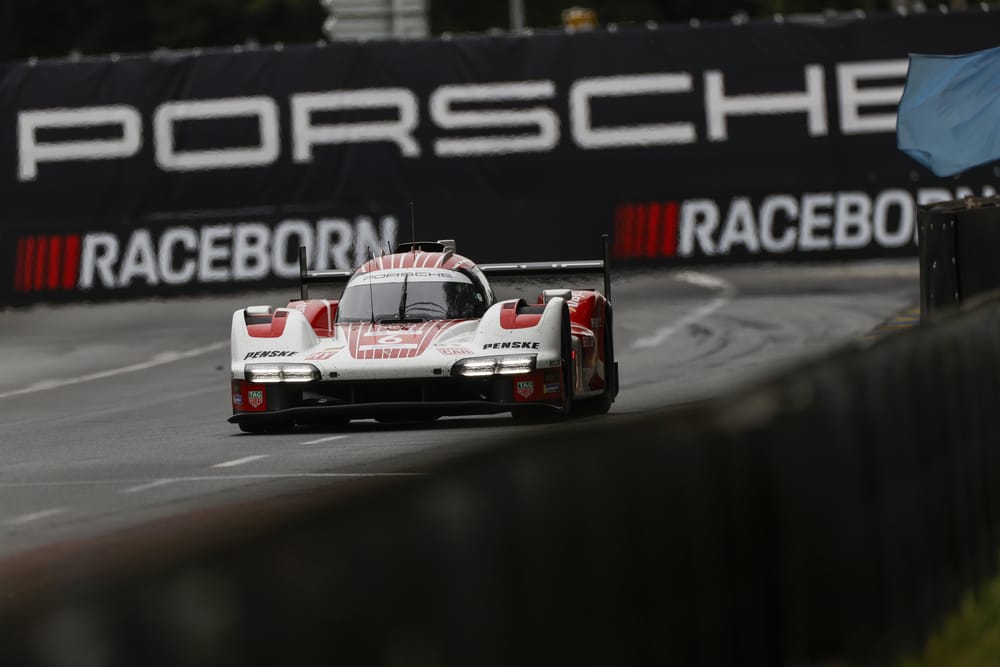
The roots of it all inevitably lie in that season, as Porsche worked hard on the package to ensure it unlocked a pace that had previously proven out of reach – a process that undoubtedly was facilitated by the fact that the modernized Porsche Penske factory in Mannheim became fully operational at the end. of 2023.
The fruits of this better understanding are better traction in slower corners and better handling on pavements, while Porsche has also perfected its software and also has a better knowledge of how to develop its vehicle dynamics .
These are all important areas that have unlocked that potential – with his early season performances and pole at Le Mans as proof of concept.
That Porsche is victorious on Sunday afternoon is already an important element of the 2024 24 Hours of Le Mans – so much so that its snub towards Sébastien Vettel for his third official participation, after a serious test program on the 963, has barely been mentioned. .
A surprise victory for customers seems unlikely
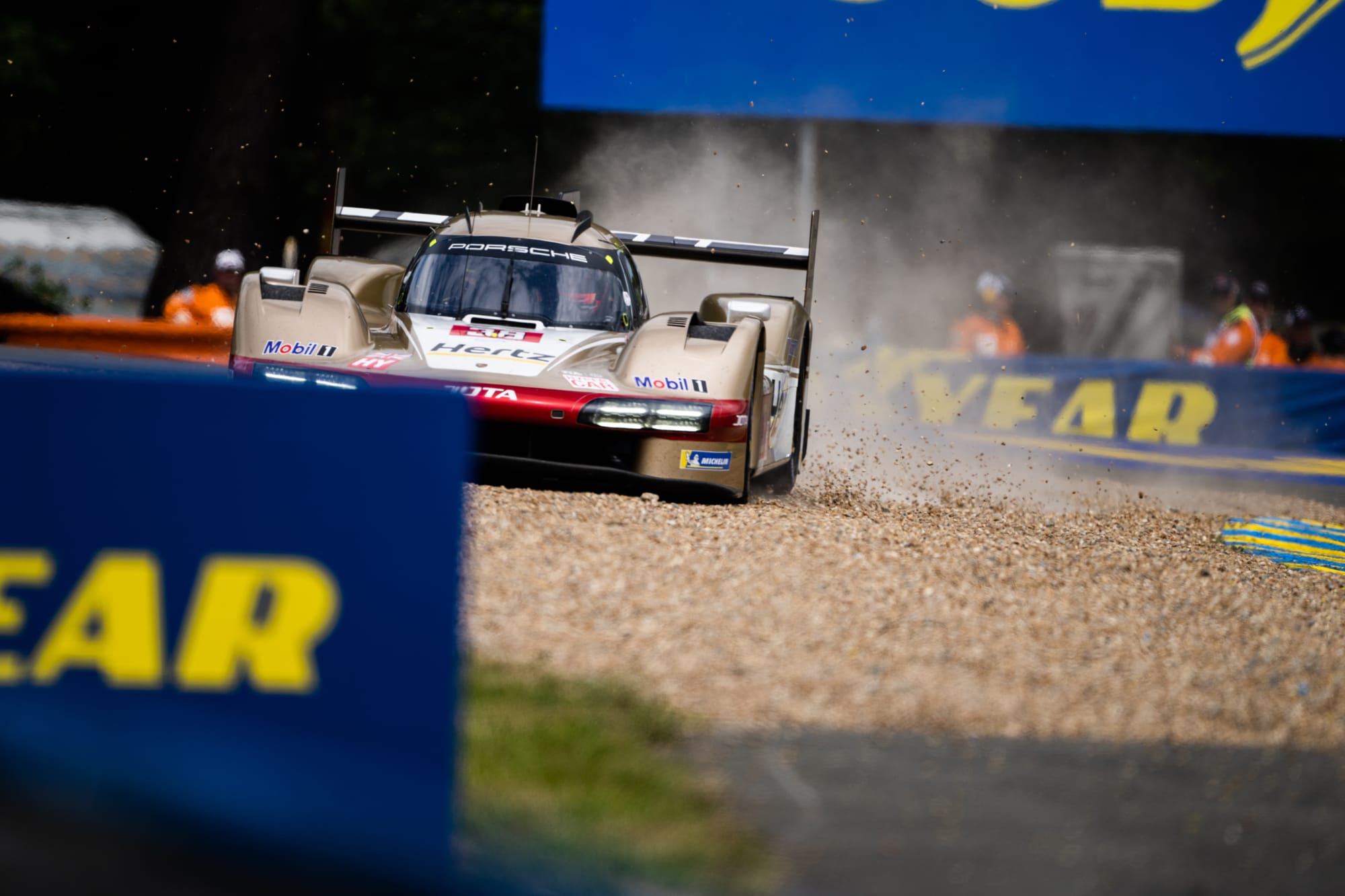
The #6 Porsche was ultimately the only 963 to fight for pole. But it probably shouldn’t have been.
The Jota customer team headed to Le Mans on the crest of a wave following its victory at Spa, and was also retained for the Hyperpole session.
But his progress was then thwarted by a serious practice crash by Callum Ilott – so serious that the car could not be repaired in time to take part in the penalty shootout.
Ilott was given special dispensation to miss the parade and shake the rebuilt car he shares with Will Stevens and Norman Nato at Le Mans airfield on Friday night, but even with an eighth-place start he confirmed that the damage is a big blow for Jota. the hope of total victory.
Where does Cadillac’s rhythm come from?
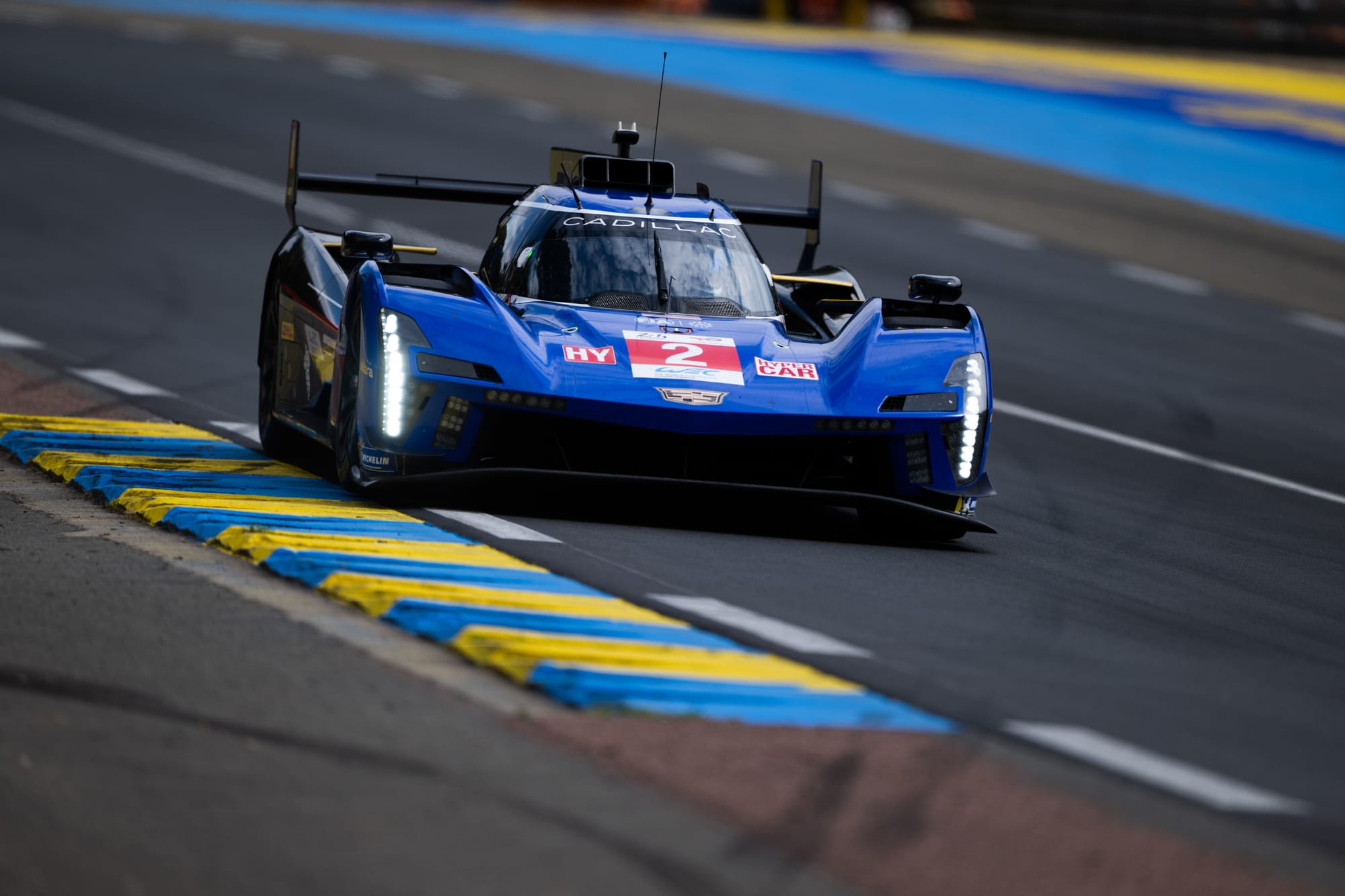
A quick look at this year’s Hypercar points standings doesn’t paint a pretty picture for Cadillac, as its No. 2 car for the entire season has just one point after three races.
But the rankings certainly don’t tell the whole story. The car finished fifth in the season opener in Qatar, only to be disqualified almost three weeks later because the diffuser Cadillac was using from automaker Dallara was different in specification than the one on its form. homologation, while she was in contention for the podium at Spa last time. months until it was involved in a huge red flag-inducing crash – for which driver Earl Bamber was ultimately found responsible, earning the No. 2 a five-place grid penalty at Le Mans.
So there was pace, even if the points were left to be desired. And behind the great Ferrari-Toyota fight for victory in last year’s Le Mans centenary race, Cadillac was by far the most impressive of the other brands.
Again, it’s in the mix. This penalty on the grid could have pushed the No. 2 back to seventh place for the start, but its place on the front row is instead taken by the No. 3 of the IMSA SportsCar Championship made up of Sébastien Bourdais, Scott Dixon and Renger van der Zande.
Le Mans native Bourdais has long been the Hyperpole qualifying leader with a Dallara chassis under him that is arguably the class of the field when it comes to vehicle dynamics. If reliability is there – as it was last year – there is every reason to expect that the Ganassi-led Cadillacs in particular will be in contention for the podium again.
Where the hell is Toyota?
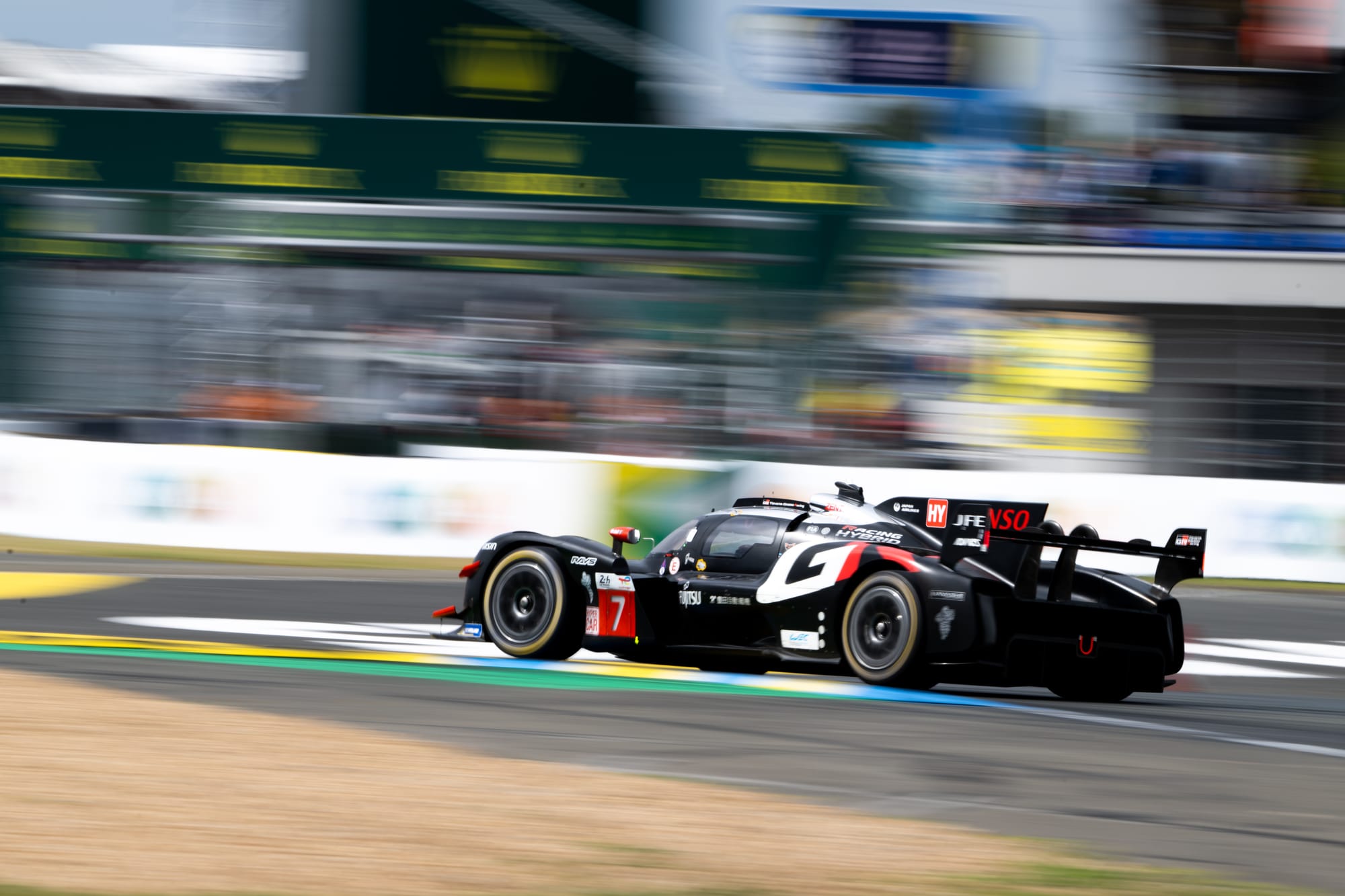
The answer to this question is really not that far away at all.
Sure, none of his cars made a Hyperpole, but that was just on a (pretty basic) technicality. Without a spin that triggered a red flag, which also meant his time was deleted, Kamui Kobayashi would have easily reached the final session and surely would have been a contender.
This only prolonged what has been a difficult preparation for the dominant force at Le Mans in recent years (and its No. 7 crew in particular), as Toyota was also forced into a late driver swap with Jose Maria Lopez – who by all accounts was immediately up to the task – replacing Mike Conway, who fractured his ribs and collarbone in a cycling accident last week.
But Toyota is really not far away – certainly not as far as 11th and 23rd places on the grid suggest. The sister No. 8 car also showed signs of good speed, but not in early qualifying.
Having to break through the pack complicates its prospects, but over the full race distance Toyota should have the pace to at least be in conversation with Porsche, Ferrari’s and potentially Cadillac’s LMH machine.
And the new arrivals?
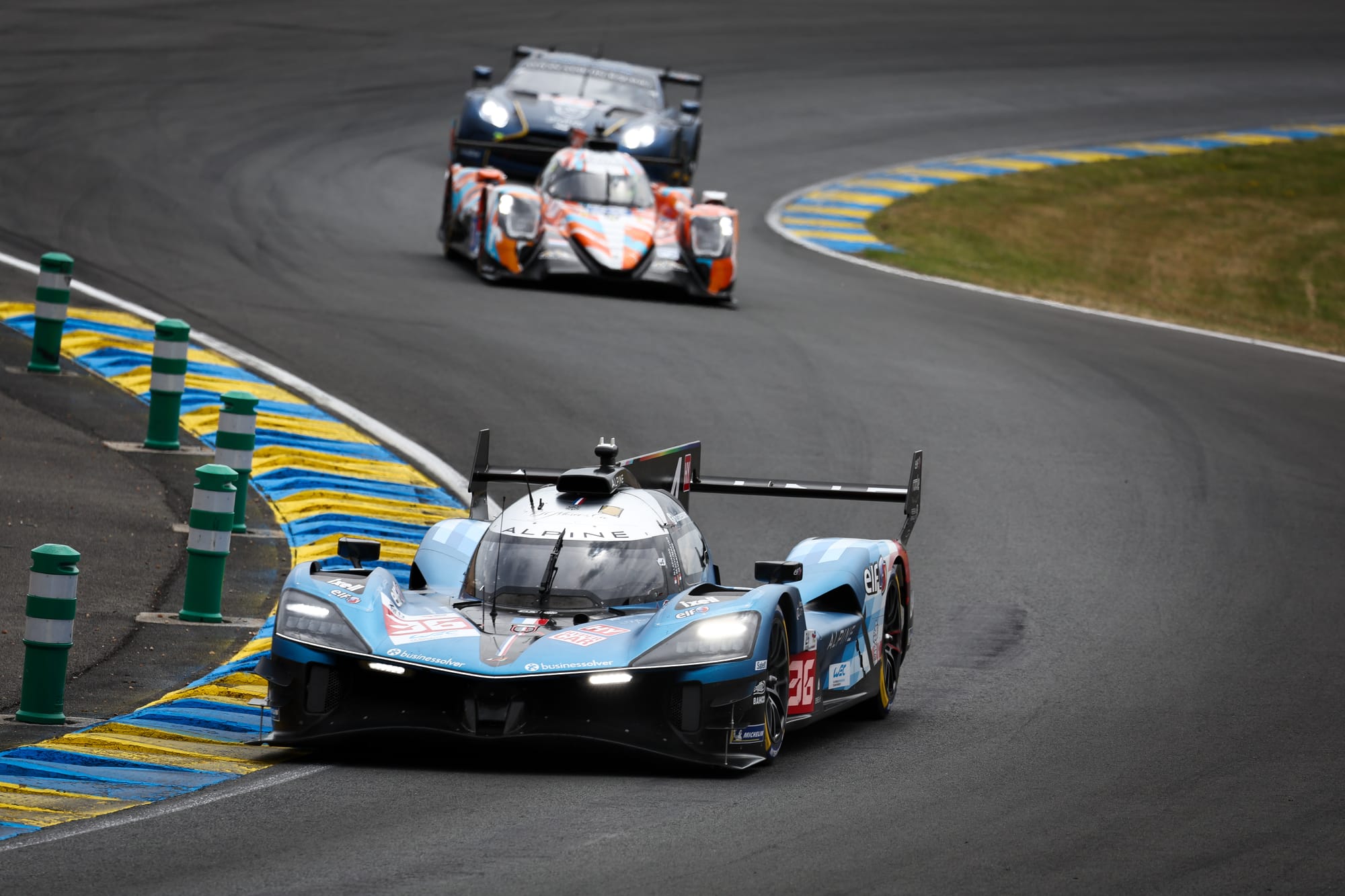
Alpine and BMW are both new contenders for the 2024 WEC Hypercar and have both shown flashes of speed so far this season.
Both also confirmed this during qualifying at Le Mans, each getting a car for Hyperpole qualifying – with a shared third row as the end result.
The No. 15 BMW car then failed to set a time when Dries Vanthoor crashed at the Indianapolis corner, prompting a red flag. But before that, it had been the fastest in the first qualifying session, and the BMW also looks the better of the two for the race.
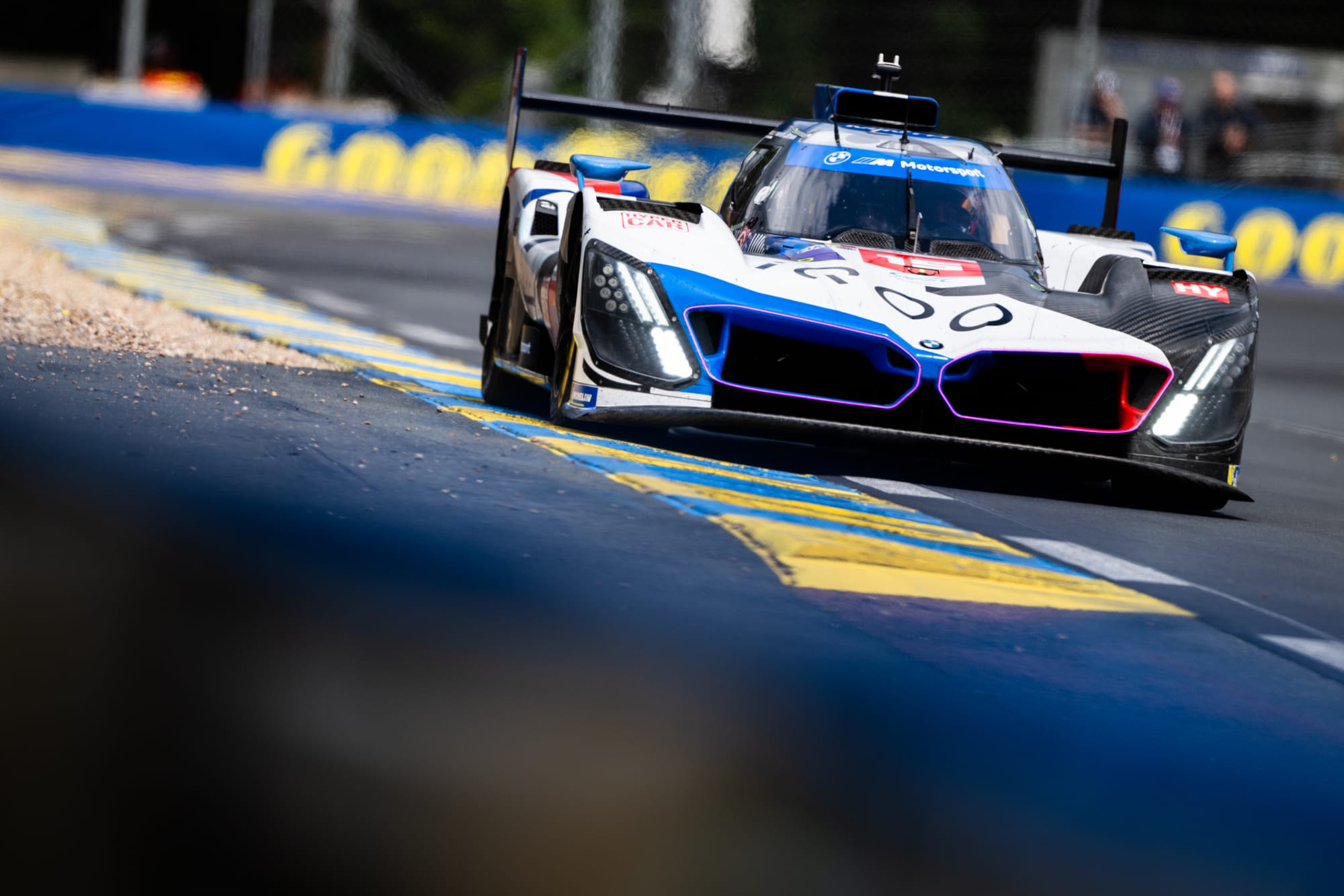
An LMDh entry, it uses the same Dallara chassis as the Cadillac, so it’s a nimble thing. But the BMW, while quick over a lap, seems to be on the limit when flat out, so consistency and/or reliability might be more of a challenge.
Reliability is also a concern for Alpine but the car has excellent straight line speed – so watch out for the A424 at the start in particular.
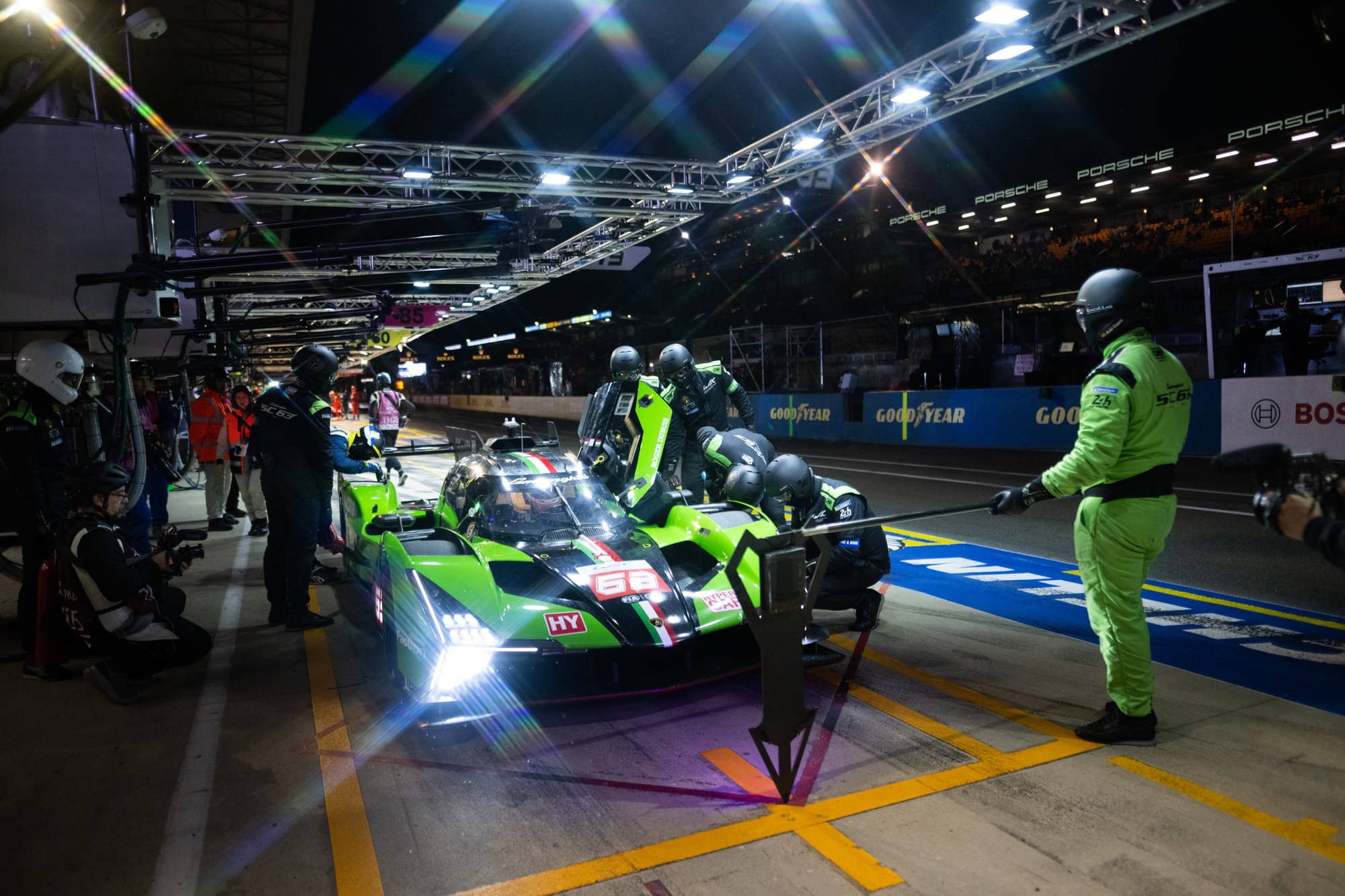
The No. 63 Lamborghini of Mirko Bortolotti, Daniil Kvyat and Edoardo Mortara placed a solid 13th in opening qualifying – almost 1.7 seconds ahead of the No. 19 sister car – but the race looks far more likely to ‘be a data collection project that a project where the SC63 built by Ligier and designed by Lamborghini is a factor.
The only privateer project in this year’s Hypercar ranks, that of Isotta Fraschini, was the slowest of all Hypercars to complete a lap in opening qualifying, more than two seconds behind the No. 19 Lamborghini.
